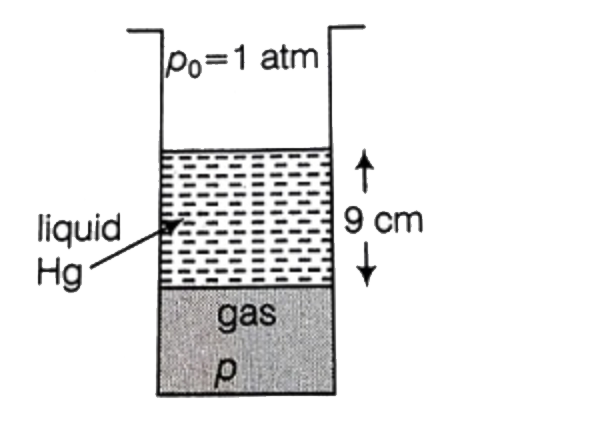Two tubes A and B of length 80 cm and 40 cm have radii 0.1 mm and 0.2 mm respectively are connected in series end to end. If a liquid passing through tow tubes is entering A at a pressure of 82 cm of mercury and leaving B at a pressure of 76 cm of mercury. Find the pressure at the junction of A and B.
Step by step video solution for Two tubes A and B of length 80 cm and 40 cm have radii 0.1 mm and 0.2 mm respectively are connected in series end to end. If a liquid passing through tow tubes is entering A at a pressure of 82 cm of mercury and leaving B at a pressure of 76 cm of mercury. Find the pressure at the junction of A and B. by Physics experts to help you in doubts & scoring excellent marks in Class 11 exams.
Updated on:21/07/2023Topper's Solved these Questions
- Mechanical Properties of fluidsBOOK - SL ARORACHAPTER - Mechanical Properties of fluidsEXERCISE - Exercise
459 Videos
- Mathematical toolsBOOK - SL ARORACHAPTER - Mathematical toolsEXERCISE - Exercise
20 Videos
- Mechanical Properties of SolidsBOOK - SL ARORACHAPTER - Mechanical Properties of SolidsEXERCISE - Example
113 Videos
Similar Questions
Two tubes P and Q of lengths 100 cm and 30 cm have radii 0.1 mm and 0.2 mm, respectively. A liquid passing through the two tubes is entering P at a pressure of 60 cm of mercury-and leaving Q at a pressure of 55 cm of mercury. What is the pressure at the junction of Pand Q?
View SolutionTwo tubes A and B of lengths 100 cm and 50cm have radii 0.1 mm and 0.2mm respectively. If a liquid passintg though the two tubes is of mercury, determine the pressure at the junction of A and B.
View Solution
Knowledge Check
The number of molecules in 1cm3 of an ideal gas at 0∘C and at a pressure of 10–5 mm of mercury is –
A2.7×1011B3.5×1011C6.0×1023D6×1012In the given figure, atmospheric pressure p0=1 atm and mercury column length is 9 cm. Pressure p of the gas enclosed in the tube is
 APressure of 67 cm of HgBPressure of 90 cm of HgCPressure of 78 cm of HgDPressure of 85 cm of Hg
APressure of 67 cm of HgBPressure of 90 cm of HgCPressure of 78 cm of HgDPressure of 85 cm of HgThree capillaries of internal radii 2r, 3r and 4r, all of the same length, are joined end to end. A liquid passes through the combination and the pressure difference across this combination is 20.2 cm of mercury. The pressure differene across the capillary of internal radius 2r is
A2cm of HgB4cm of HgC8cm of HgD16cm of Hg
Two capillary tubes of length 15 cm and 5 cm and radii 0.06 cmand 0.02 cm respectively are connected in series. If the pressure difference across the end faces is equal to pressure of 15 cm high water column, then find the pressure difference across the (i) first tube and (ii) second tube.
View SolutionTwo capillary tubes of equal length and inner radii 2r and 4r respectively are added in series and a liquid flows through it. If the pressure difference between the ends of the whole system is 8.5 cm of mercury, find the pressure difference between the ends of the first capillary tube.
View SolutionFind the number of molecules in 1cm3of an ideal gas at o∘and at a pressure of 10^(-5)mm of mercury.
View SolutionThe pressure of the gas in a constant volume gas thermometer is 80cm of mercury in melting ice at 1atm. When the bulb is placed in a liquid, the pressure becomes 160cm of mercury. Find the temperature of the liquid.
View SolutionA manometer is connected to gas container. Then the mercury level rises by 2 cm in the arm of the manometer which is not connected to the container.
If the atmospheric pressure is 76 cm of mercury, then the pressure of the gas is ________ cm of mercury.
View Solution
